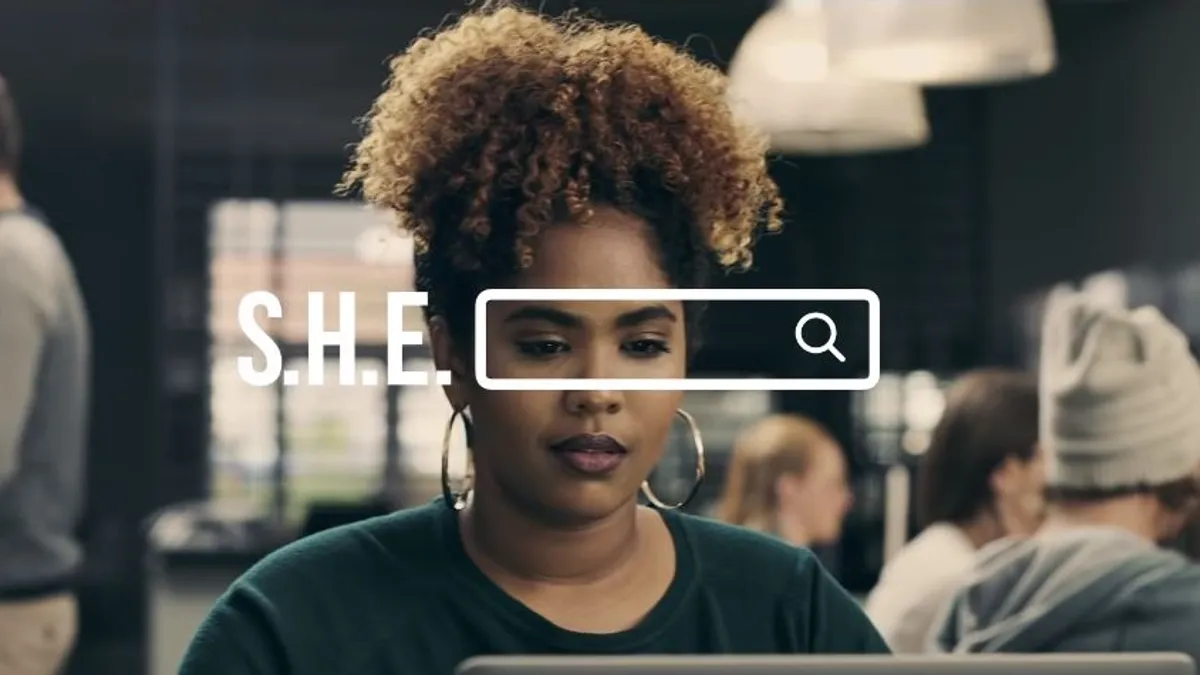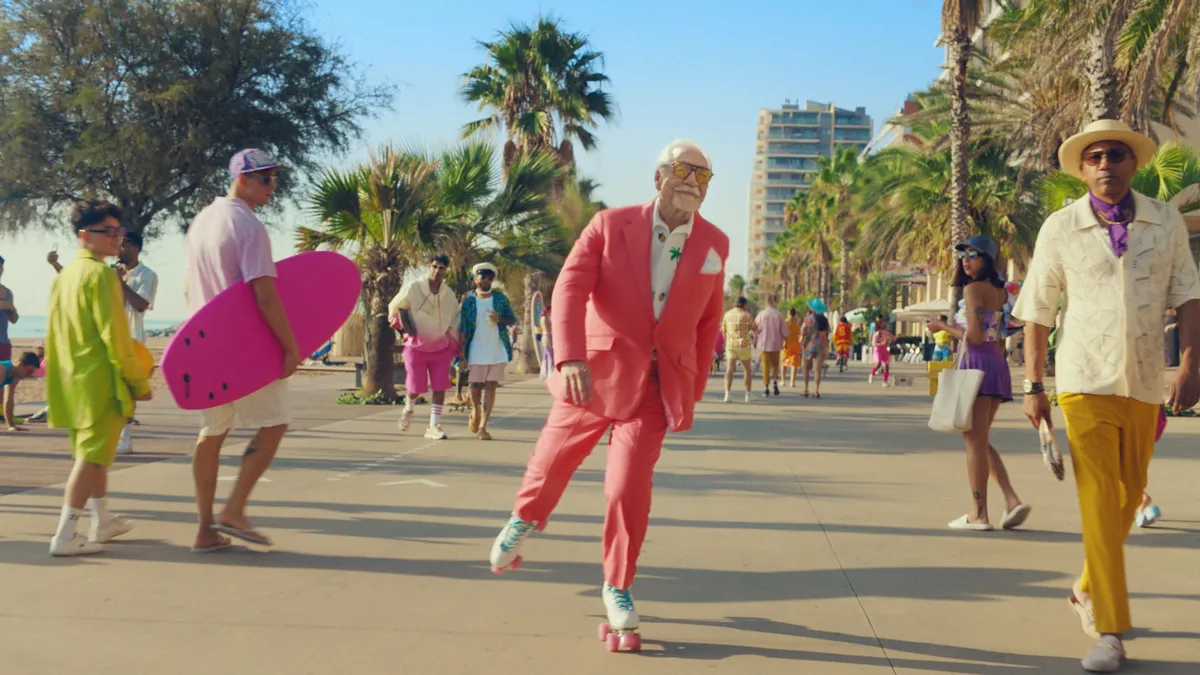Major marketers appear to be embracing controversy as a branding strategy at a higher clip in recent history, producing boundary-pushing creative that stretches beyond pushing product.
Procter & Gamble, for example, has parlayed its global voice into notable campaigns that examine complex social issues like racism and toxic masculinity. "The Talk," "The Choice" and other poignant spots by the packaged goods behemoth attracted praise for their social responsibility and demonstrate an evolution in marketing's role for the brand. But edging into bold territory can come with a price tag, as not every consumer is receptive to progressive or provocative spots, Pinterest's Ads Communications Lead Elizabeth Luke noted in an Advertising Week panel.
For P&G, pledging to be a force for social change means approaching campaigns differently, focusing on progress over perfection, and not retreating even amid backlash. Forfeiting potential customers is sometimes part of committing to these meaningful conversations, the brand's Chief Communications Office Damon Jones said on the panel.
"We don't hold everyone agreeing with us as the standard," he said. "What we do hold ourselves to is making sure that we are connecting meaningfully with our consumers and we are recognizing and representing them positively and doing that consistently."
A brand that imbues its values into purposeful marketing over the years — especially during tough times like the coronavirus pandemic — can turn fans into loyalists, outweighing the potential loss of alienated customers.
"Make sure those values come out in how you treat employees [and] consumers, and how you're engaging with the world around you," he said. "Times like these don't make you create new values, but it really is a pressure test for what values you have."
A stake in equality
P&G leveraging its voice as one of the world's largest advertisers to affect change isn't new. Since 2006, it has run the "My Black is Beautiful" Facebook page and microsite filled with videos, articles and other resources to empower Black women and girls. Following the 2017 ad, "The Talk," the Facebook hub shines a light on the tough but necessary conversation about racial bias many Black parents have with their children. Nearly 2.6 million users follow the page, connecting P&G with a sizeable group of consumers while building brand recognition that translates into sales over the long term.
"We have really made a stake in equality because it's not only the right thing to do for the world we live in, but it's actually good for business," Jones said, adding that communities of color possess trillions of dollars in buying power.
"We have really made a stake in equality because it's not only the right thing to do for the world we live in, but it's actually good for business."

Damon Jones
Procter & Gamble, chief communications officer
But coupled with the pandemic and unrest due to racial injustice, 2020's climate has raised the bar for what brands must do to have the same impact as years past, according to Jones. "The Choice" debuted in June to build on Emmy-winning "The Talk," nodding to the Black Lives Matter movement and emphasizing how White individuals not personally being racist isn't enough to spark change. "Now is the time to be anti-racist," the ad reads, urging viewers toward resources to read, learn, march, donate or vote. The campaign was part of P&G's most concentrated effort yet to combat bias, and illustrates how brands can usher people from conversation to action through additional resources beyond an ad.
"Communication is just the tip of the iceberg," Jones said. "When we start a campaign, we don't start that conversation with 'What do you want to say?' We start it with 'What are you doing?"
Progress, not perfection
A shifted approach around campaign development can help marketers transform static efforts into broader, purpose-driven initiatives that align with a brand and resonate more deeply with consumers. Assess a brand's core values first, then audit its business practices and partners to ensure they match the company's diversity goals, Jones recommends.
"If you say Black Lives Matter, for example, talk to me about how Black lives matter within your organization," he said. "Are you recruiting, promoting, advancing people of color? Are you creating the type of culture not just inside your company but throughout your ecosystem?"
For P&G, that includes evaluating all business practices to ensure it partners with vendors that have shared values, including building diverse teams and reviewing media placements to see how its brands support minority- and women-owned businesses. Today's issues are complex and require teams — both internal and external — that offer a range of viewpoints to amplify campaigns, purposeful initiatives, business practices and beyond, per the Advertising Week panel discussion.
"If you don't have the diversity in your teams that can bring that type of perspective in, that's something you just can't get from picking up a study or reading a newspaper every day," Jones said. "You've got to have people around the table that can show you and have the conversations."
Building a purpose-driven brand doesn't happen overnight. Part of the process is recognizing that slip-ups are bound to happen, according to the chief communications officer.
"We talk about progress, not perfection. It's not about stepping back and waiting for your track record to be perfect," Jones said. "Admit that you don't have it all, that you don't know all the answers, and don't be afraid to go get the help that you need to make sure that those stories can have impact once you tell them."























